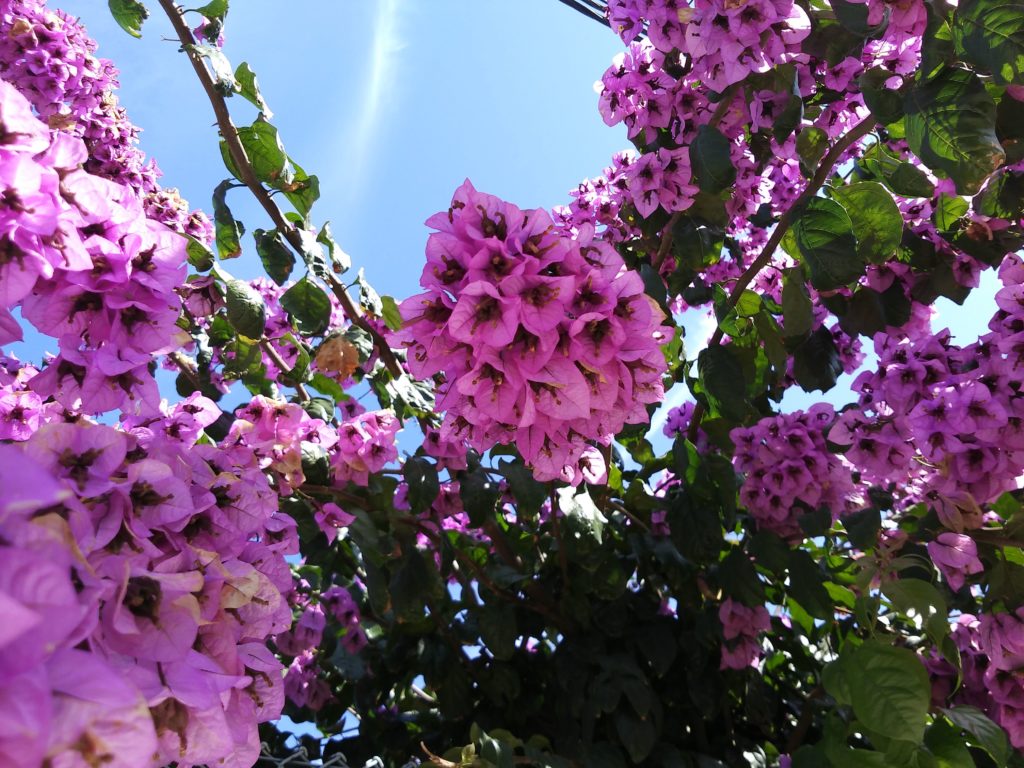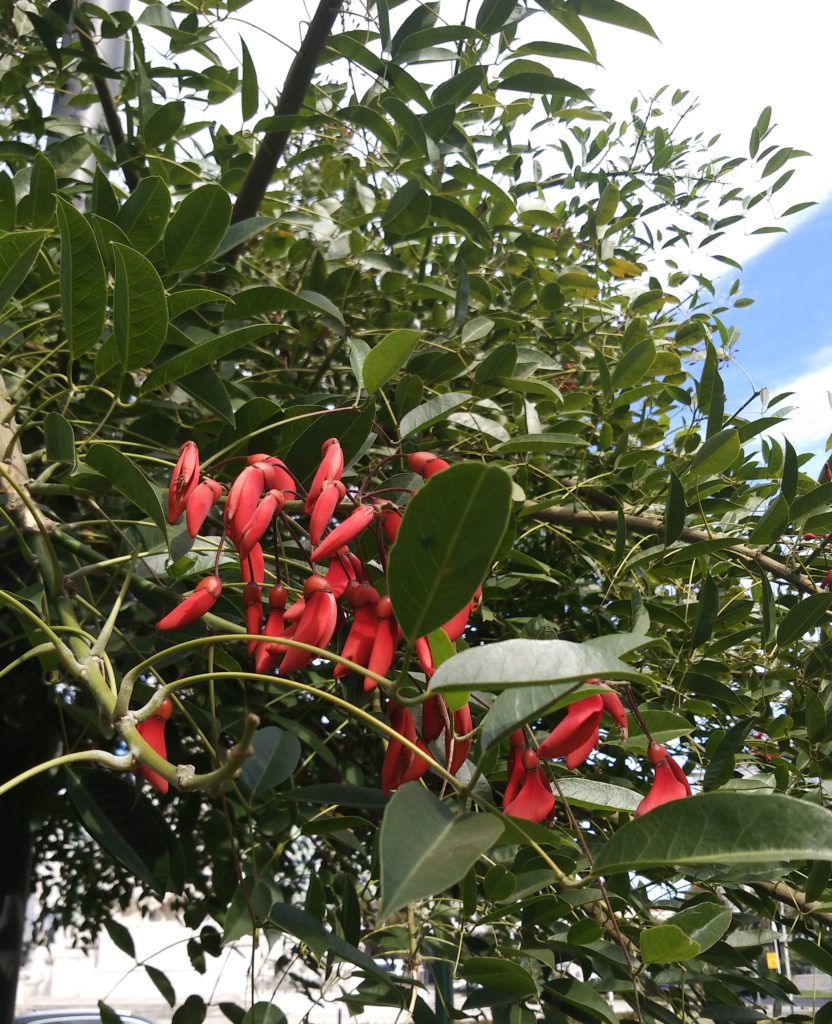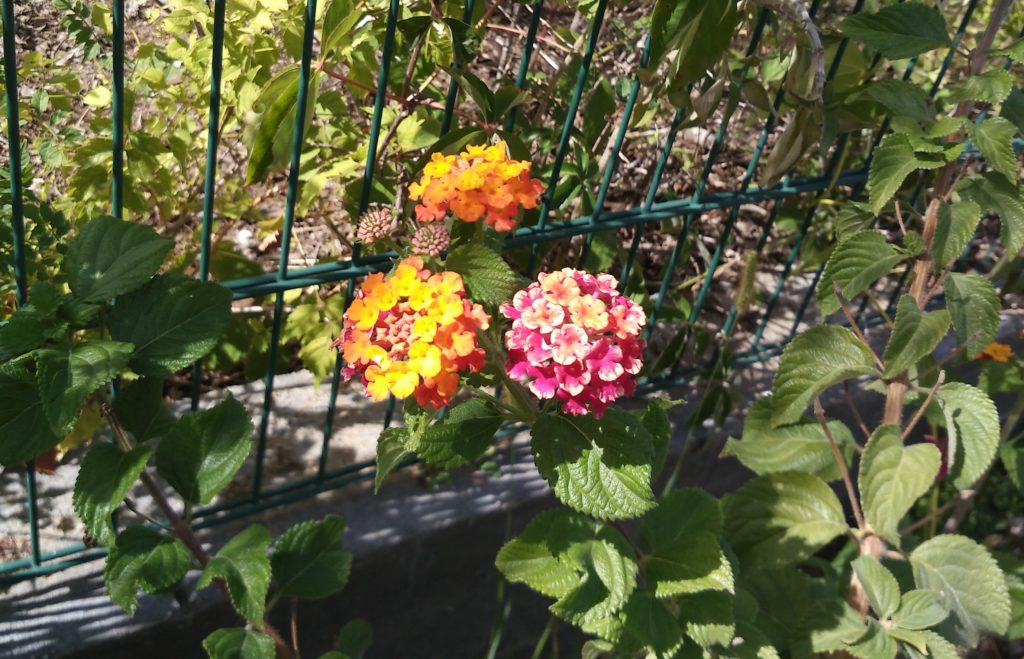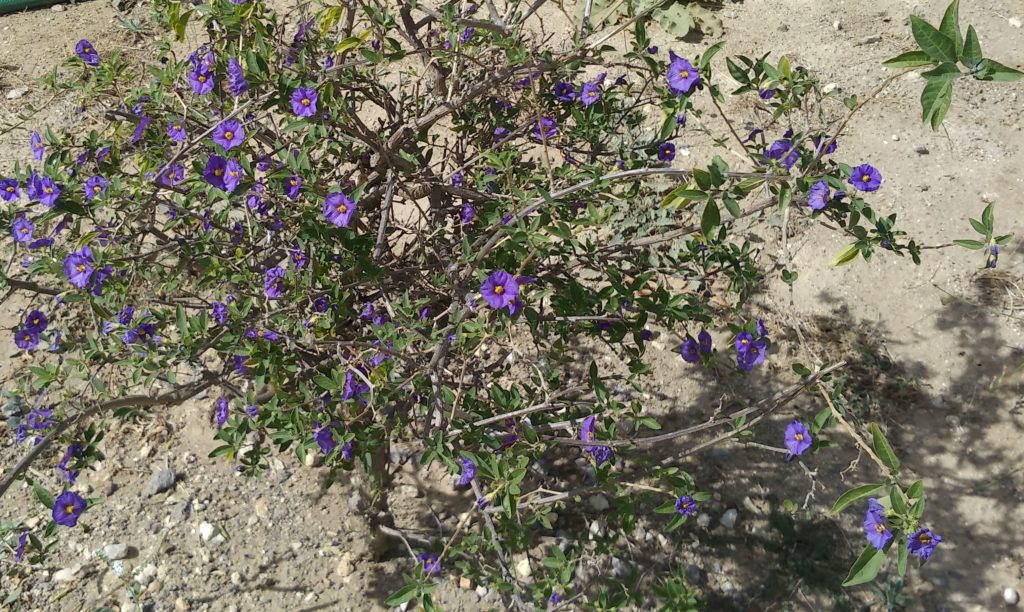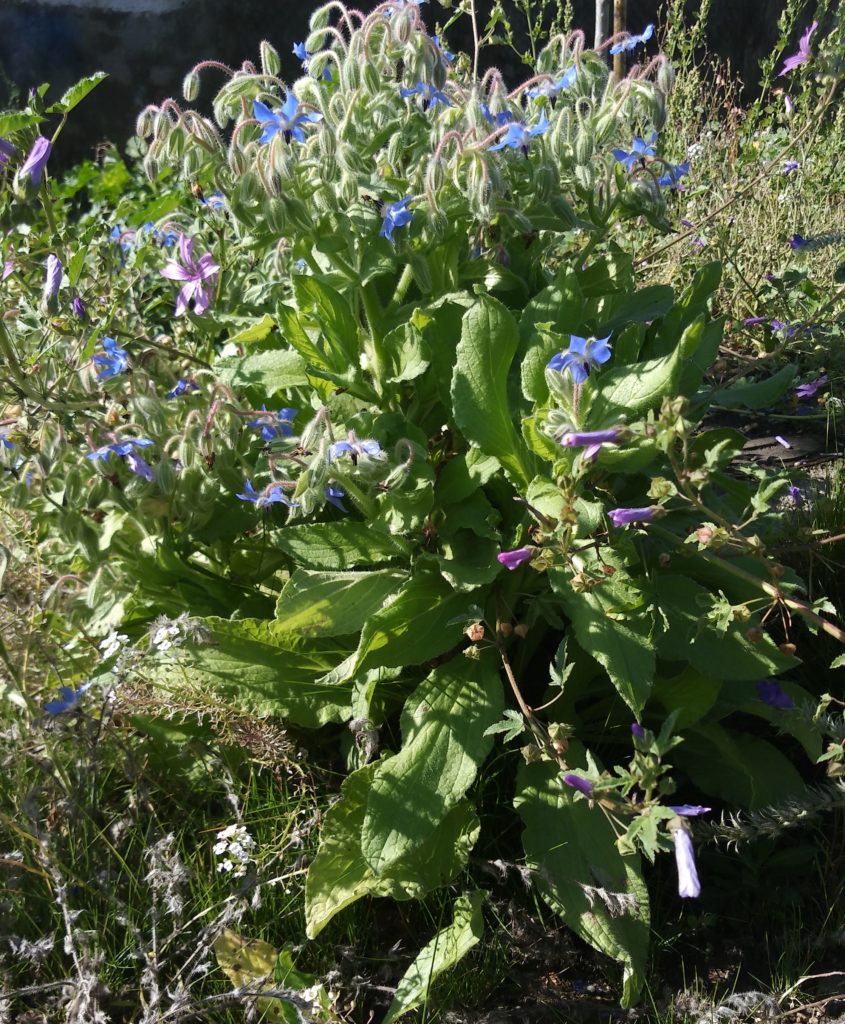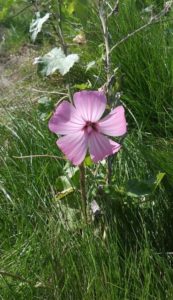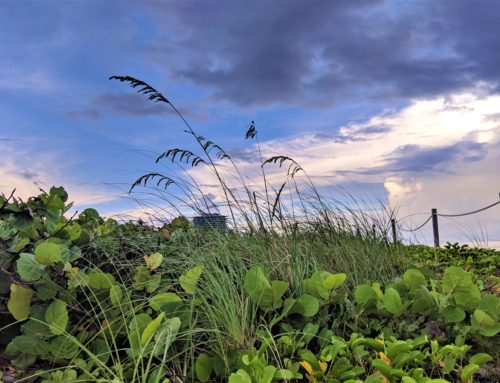Lisboa flowers in October
Ever considered Portugal and Lisboa in the fall?
Think about it – An unexpected feast for all senses… A warm, fuzzy feeling gets you when you land in Lisboa, a Portugal capital. Even in October. Great color mix strikes – plants flowering full time, fragrancing so nice and fresh. Rays of sun cuddle you unexpectedly the minute you leave your plane. Who could tell? Me, at least – not.
Old glory days, scented air, and cosmo vibe
I said to myself – there you go, Tejo river is right here and the Atlantic is close by. But the scented air, good energy buzzing, and well-natured people smiling – now that was everywhere. Not many places in the world could make you feel so welcome or could care less – at the same time. That is Lisboa. Old glory days and new cosmopolitan vibe combined with lots of distant laughter, light breeze, a smell of excellent food, and of course – colorful plants.
Every part of the city is sprinkled with gorgeous plants: a flower here, a pine tree there. I thought: wow! And I still do. So, let me tour you a little bit through unveiled beauties of this remarkable city, not just sightseeing, best food ever, but natural gems as well.
Sightseeing via plants
For now, I will stick to flowering plant species I managed to spot and photo in Lisboa, Sintra, and Cascais (yes, it was a typical sightseeing tour).
Thanks to the once powerful empire, many exotic plants at the time became full residents of Portugal, which can be seen today as well.
Bougainvillea spectabilis
Native to Brazil, Bolivia, Peru, and Argentina. Leaves modified as bracts come in several colors. Red, white, pink, or mauve. This woody vine grows all over the globe now.
Erythrina crista-galli
Known as the cockspur coral tree, is a Fabaceae family representative native to Argentina, Uruguay, and Paraguay. Its common name in Portuguese is corticeira, and it is a national tree of Argentina. This species characteristically grows wild in swamps. In urban settings, it is often planted in parks for its bright red flowers, as was the case here. Photo of this specimen was taken near Markes de Pombal square.
Lantana camara
Also known as big sage and tickberry is a species of flowering plant within the verbena family, Verbenaceae, native to the American tropics. Often planted in gardens, has spread into Asia and Oceania, where it established itself as a highly invasive weed. It outcompetes native species, leading to a reduction in biodiversity, invading agricultural areas in time.
Lycianthes rantonnetii: Being a true representative of Solanum genus, Solanaceae family, this so-called Potato Bush Plant is poisonous, unlike its cultivated cousins potato and tomato. It grows as an evergreen in warm climates, in continental areas as a potted plant. Potato Bush is native to Central America, hence abundant flowering and evergreen habitus in sunny positions.
Borago officinalis
Borage, commonly known as a starflower, is an annual flowering plant. The family is Boraginaceae, native to the Mediterranean region, but naturalized in many other parts of Europe. Usually grows like a weed, as a garden escape, but is also famous for its light fragrance and anti-inflammatory effect as a herb.
Enjoying so far? To be continued…


